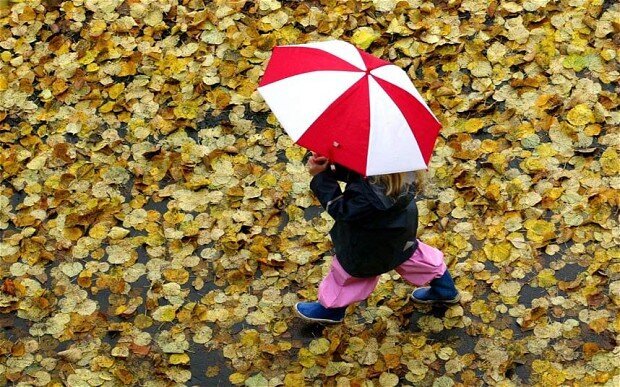Iran short of rain by 29%

TEHRAN – Since the beginning of the current crop year (September 23, 2021), precipitation has dropped by 29 percent compared to a year ago, Sadeq Ziaeian, director of the national center for drought and crisis management, affiliated with the Meteorological Organization, has said.
During the current [Iranian calendar] month (started March 21), rainfall decreased by 88 percent compared to last year, he further lamented, adding that it is predicted that the rains will be below normal in April and will not compensate for the low rainfall.
Since March 21, the temperature also increased by 2.5 degrees Celsius this month, which also causes evaporation. Also, from the beginning of the current crop year, we have had a temperature increase of 4.4 degrees Celsius compared to the long run.
This year is a dry year and all the pastures around the cities are dry with the slightest wind, dust rises into the air, and even the dust rising from Qom and Markazi provinces move toward Tehran.
On April 8, a dense mass of sand and dust storms entered Iran from Iraq and affected the western and central provinces, and eventually hit 25 provinces, including Tehran, Alborz, Kermanshah, Ilam, Zanjan, and Kordestan, causing the air pollution index of Tehran to reach a very dangerous scale.
The precipitation rate during autumn (September 23-December 21, 2021) was not very favorable, as the Meteorological Organization has considered this autumn one of the driest seasons in the past 50 years.
However, from the beginning of winter (December 22, 2021) to February 17, the amount of rainfall was accompanied by a growth of over 6.1 percent compared to the long-term average.
But overall, the rainfall rate during the current water year is not yet favorable, as it is 15.5 percent lower than normal averages.
According to the World Meteorological Organization's multiannual forecast, in the next five years, Iran’s average rainfall will decline by 75 percent, and the temperature rises by 50-75 percent compared to the long-term average.
Climate change and extreme weather events
Climate change is a fact that cannot be run over, whether the temperature raises over 2 or 6°C, natural incidents such as flooding, droughts, and severe storms are among the main consequences of climate change.
Moreover, water and food shortages, water-borne illnesses, and cold or heat-related deaths will come up as the results of temperature variations. In tropical areas also the risk of floods will rise.
Heavy rain and other extreme weather events will become more frequent, which can lead to floods along with decreasing water quality, but also decreasing availability of water resources in some regions.
Climate change will also bring extreme wet and dry seasons, which mainly causes rainfall fluctuations and water scarcity. While there have been prolonged droughts nationwide in past recent years leaving people scrambling for water.
So, nations must take steps to reduce greenhouse gas emissions in the future, preventing the emissions peak, otherwise, they might not be able to breathe on the planet in the future, or migrate to other places if found.
The study may also come efficient when it comes to making the people aware of climate change impact in their own city, within their lifetime, to avoid experiencing an entirely new climate that is beyond human experience.
FB/MG
Leave a Comment